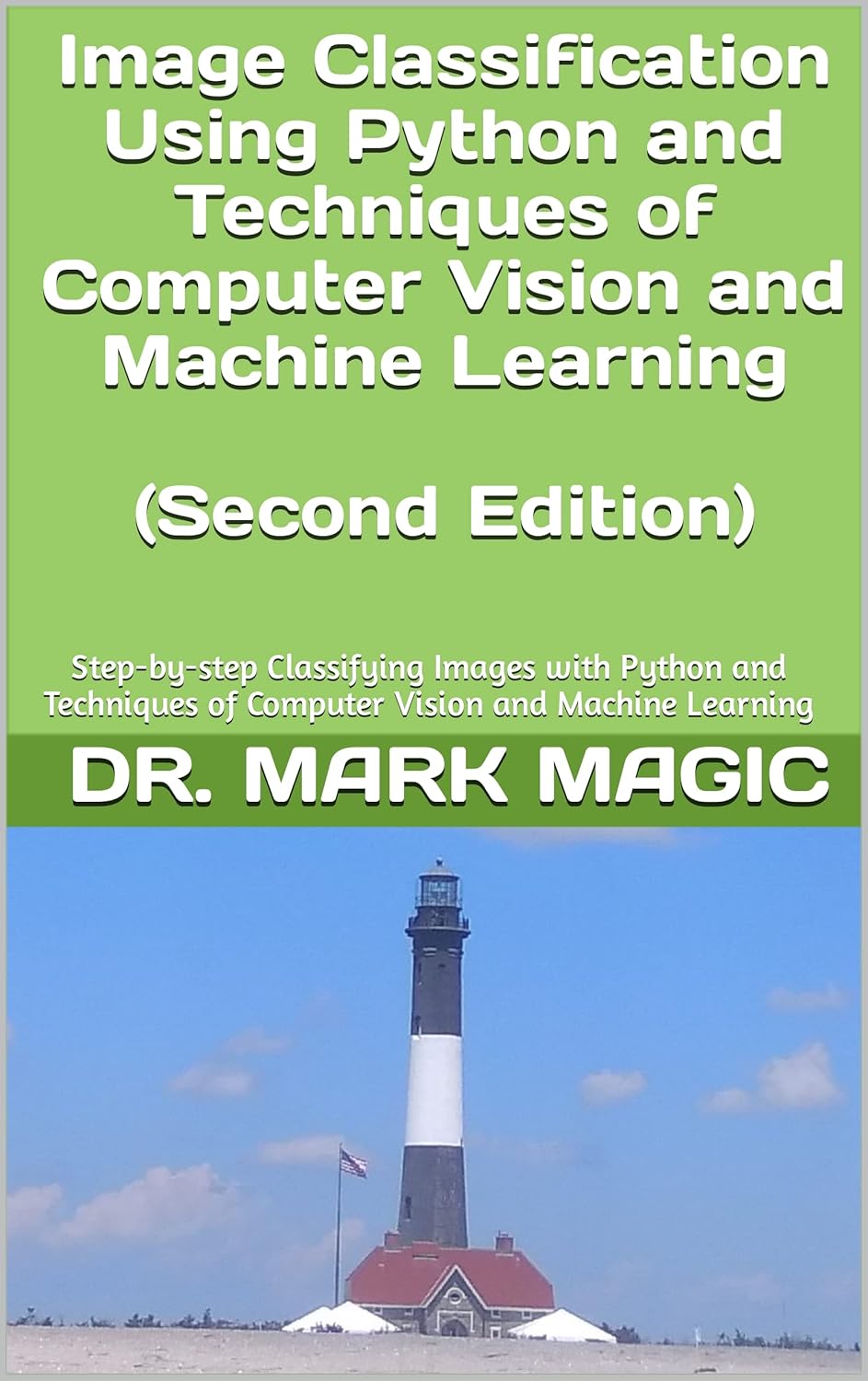Your cart is currently empty!
Tag: Classification
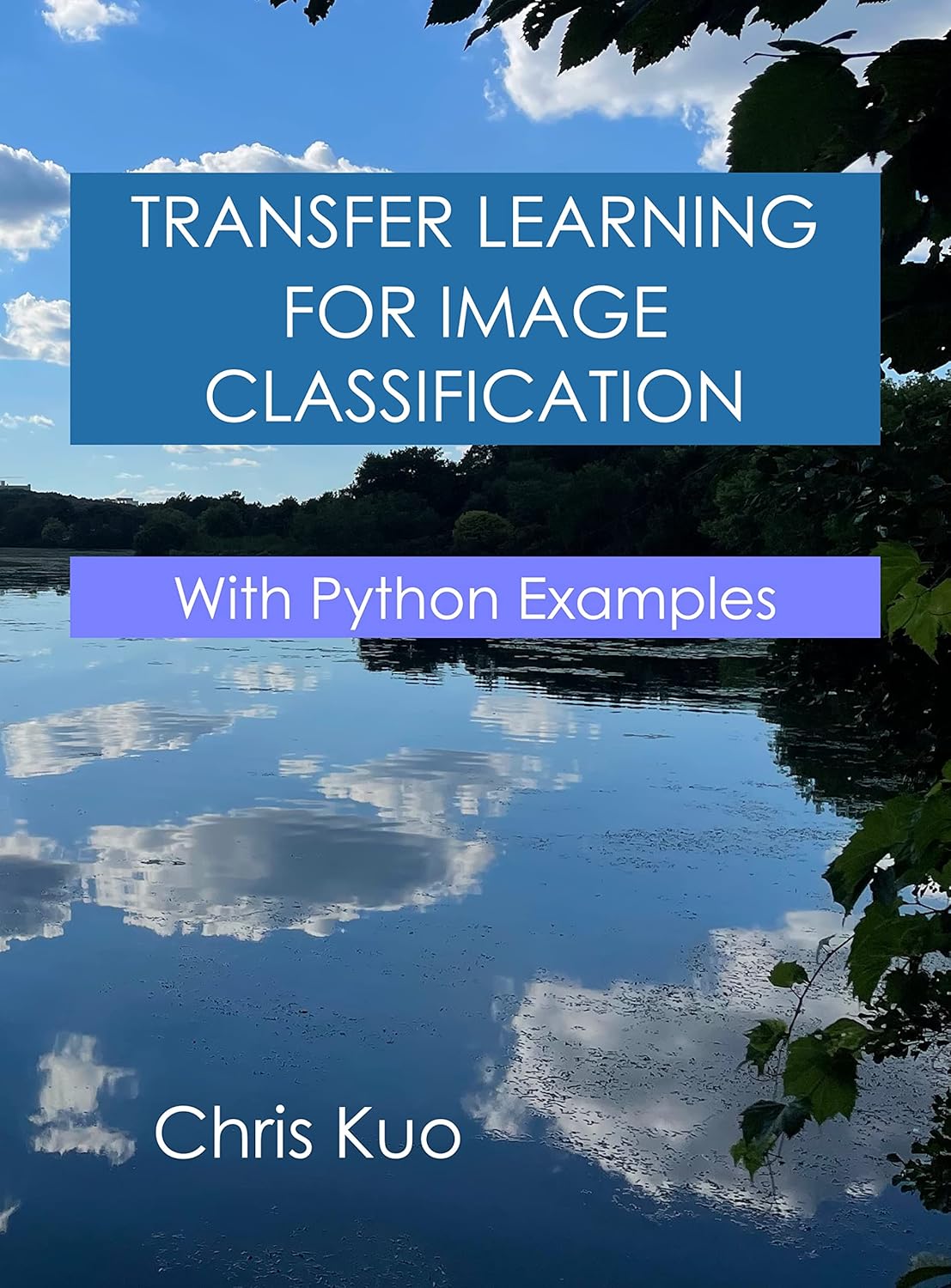
Transfer Learning for Image Classification: With Python Examples
Price: $24.99
(as of Dec 24,2024 07:50:52 UTC – Details)From the Publisher
Chris Kuo


Chris Kuo
Chris Kuo has been a quantitative professional for more than 20 years. During that time, he contributed various data science solutions to industrial operations including customer analytics, risk segmentation, insurance, underwriting, claims, workers’ compensation, fraud detection, and litigation. He is the inventor of a U.S. patent. He has worked at the Hartford Insurance Group (HIG), the American International Group (AIG), Liberty Mutual Insurance, the BJ’s Wholesale Club, and Brookstone Inc.
Chris Kuo is a passionate educator. He has been an adjunct professor at Columbia University, Boston University, University of New Hampshire, and Liberty University since 2001. He published articles in economic and management journals and was a journal reviewer for related journals. He is the author of The eXplainable A.I., Modern Time Series Anomaly Detection: With Python & R Code Examples, and Transfer Learning for Image Classification: With Python Examples. He is known as Dr. Dataman on Medium.com.
He received his undergraduate degree in Nuclear Engineering from TsingHua National University in Taiwan, and his Ph.D. in Economics from the State University of New York at Stony Brook. He lives in New York City with his wife France.
Books by Chris Kuo


Modern Time Series Anomaly Detection
This book is for data science professionals who want to get hands-on practice with cutting-edge techniques in time series modeling, forecasting, and anomaly detection. This book is certainly suitable for students who want to advance in time series modeling and fraud detection.


Transfer Learning for Image Classification
Transfer learning techniques have gained popularity in recent years. It builds image classification models effectively for any specialized use cases. This subject is not necessarily easy to navigate because it utilizes much knowledge developed in the past two decades. This book explains transfer learning, its relationships to other fields in Computer Vision (CV), the development of pre-trained models, and the application of transfer learning to pre-trained models. This book guides you to build your own transfer learning models. You will apply the transfer learning techniques to your image classification model successfully.


The eXplainable A.I.
How AI systems make decisions is not known to most people. Many of the algorithms, though achieving a high level of precision, are not easily understandable for how a recommendation is made. This is especially the case in a deep learning model. As humans, we must be able to fully understand how decisions are made so we can trust the decisions of AI systems. We need ML models to function as expected, to produce transparent explanations, and to be visible in how they work. Explainable AI (XAI) is important research and has been guiding the development of AI. It enables humans to understand the models so as to manage effectively the benefits that AI systems provide, while maintaining a high level of prediction accuracy. Explainable AI answers the following questions to build the trusts of users for the AI systems:
● Why does the model predict that result?
● What are the reasons for a prediction?
● What is the prediction interval?
● How does the model work?
ASIN : B0BDGF3FV1
Publication date : September 6, 2022
Language : English
File size : 18618 KB
Text-to-Speech : Enabled
Screen Reader : Supported
Enhanced typesetting : Enabled
X-Ray : Not Enabled
Word Wise : Not Enabled
Print length : 127 pages
Transfer Learning for Image Classification: With Python ExamplesIn the field of deep learning, transfer learning has emerged as a powerful technique for leveraging pre-trained models to solve new tasks with minimal data and computational resources. In this post, we will explore how transfer learning can be applied to image classification tasks using Python and popular deep learning frameworks like TensorFlow and Keras.
Transfer learning works by taking a pre-trained model that has been trained on a large dataset, such as ImageNet, and reusing its learned features to solve a new classification task. By fine-tuning the pre-trained model on a smaller dataset specific to the new task, we can achieve impressive results with less data and training time.
To demonstrate transfer learning in action, we will use a pre-trained ResNet50 model available in Keras and fine-tune it on the CIFAR-10 dataset, which consists of 60,000 32×32 color images in 10 classes. We will first load the pre-trained ResNet50 model and remove the top classification layer, replacing it with a new fully connected layer with 10 output units corresponding to the 10 classes in CIFAR-10.
Next, we will freeze the weights of the pre-trained layers and only train the weights of the new fully connected layer on the CIFAR-10 dataset. This allows us to quickly adapt the pre-trained model to the new task without forgetting the valuable features it has learned from the original dataset.
Finally, we will evaluate the fine-tuned model on the test set of CIFAR-10 and compare its performance with a randomly initialized model trained from scratch. By the end of this post, you will have a solid understanding of how transfer learning can be used for image classification tasks and how to implement it using Python and deep learning frameworks.
Stay tuned for the upcoming code examples and step-by-step instructions on how to implement transfer learning for image classification with Python.
#Transfer #Learning #Image #Classification #Python #Examples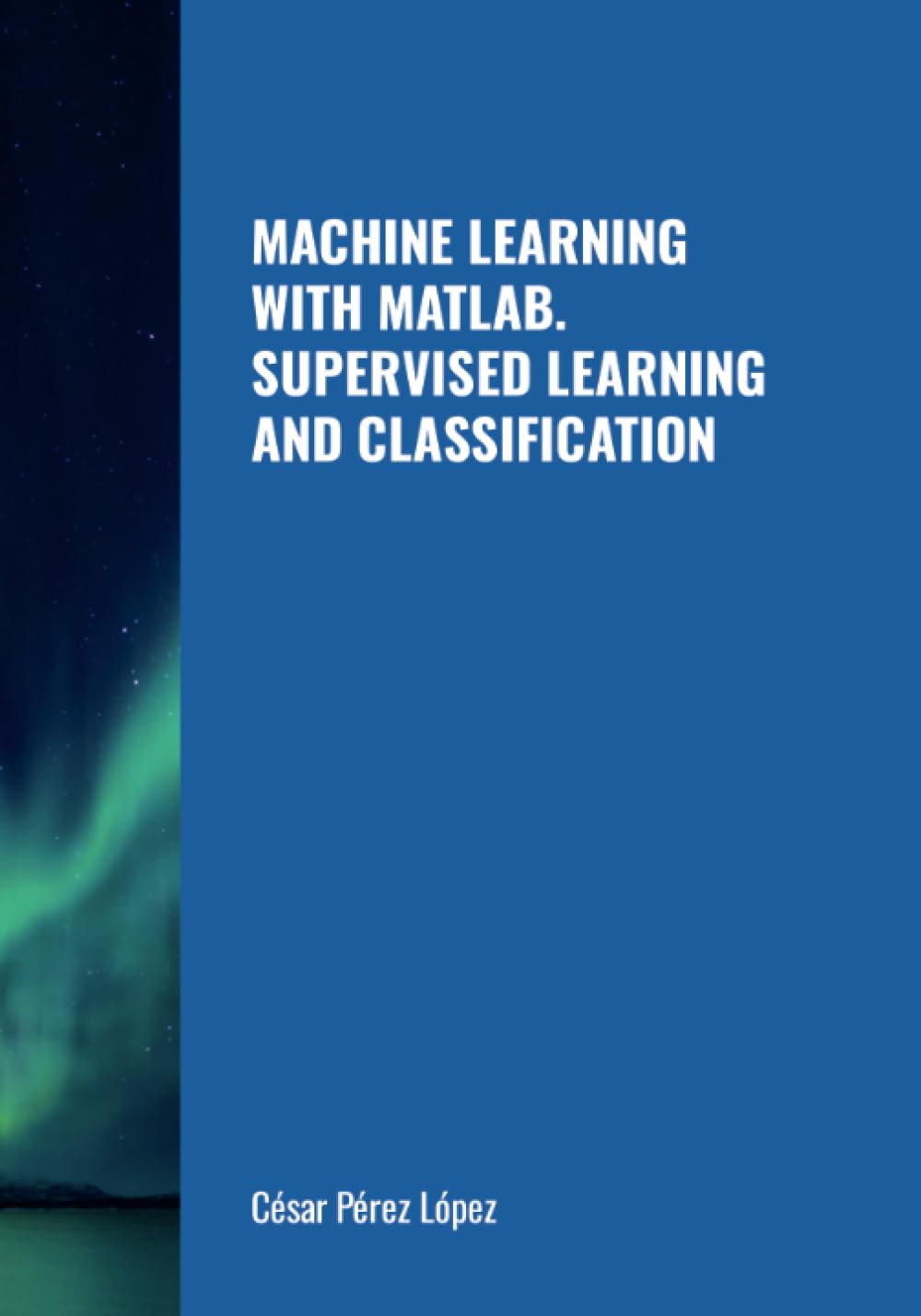
MACHINE LEARNING WITH MATLAB. SUPERVISED LEARNING AND CLASSIFICATION
Price: $29.99
(as of Dec 24,2024 07:48:47 UTC – Details)
Publisher : Scientific Books (August 7, 2024)
Language : English
Paperback : 361 pages
ISBN-10 : 1304145484
ISBN-13 : 978-1304145482
Item Weight : 1.73 pounds
Dimensions : 7 x 0.82 x 10 inchesMachine learning is a powerful tool that can be used to make predictions and decisions based on data. One popular method of machine learning is supervised learning, where the algorithm is trained on a labeled dataset in order to make predictions on unseen data.
In this post, we will explore how to use MATLAB for supervised learning and classification tasks. MATLAB is a popular programming language and environment for numerical computing, and it has a wide range of tools and functions for machine learning.
To get started with supervised learning in MATLAB, you first need to have a labeled dataset. This dataset should consist of input features and corresponding labels that you want to predict. Once you have your dataset, you can use MATLAB’s built-in functions to train a supervised learning model.
One common type of supervised learning is classification, where the goal is to assign input data points to predefined categories or classes. MATLAB has several classification algorithms that you can use, such as support vector machines, decision trees, and k-nearest neighbors.
To train a classification model in MATLAB, you can use the
fitcsvm,fitctree, orfitcknnfunctions, depending on the algorithm you want to use. These functions will take your labeled dataset as input and return a trained model that can be used to make predictions on new data.Once you have trained your classification model, you can evaluate its performance using metrics such as accuracy, precision, recall, and F1 score. MATLAB has functions for calculating these metrics, such as
confusionmat,confusionchart, andclassify.Overall, MATLAB is a powerful tool for supervised learning and classification tasks. With its wide range of functions and algorithms, you can easily train and evaluate machine learning models for a variety of applications. So if you’re interested in exploring the world of machine learning, be sure to check out MATLAB for all your supervised learning needs.
#MACHINE #LEARNING #MATLAB #SUPERVISED #LEARNING #CLASSIFICATION
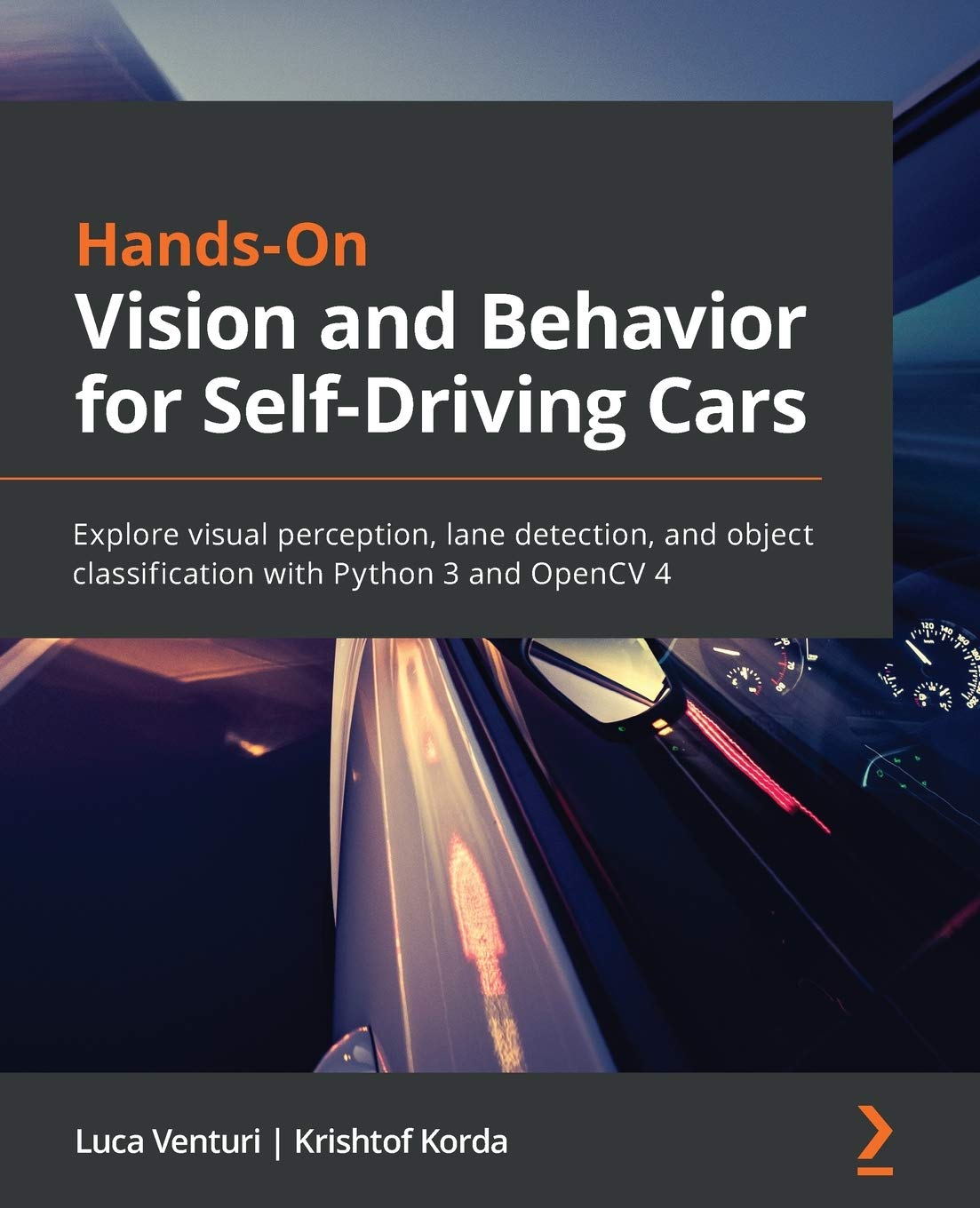
Hands-On Vision and Behavior for Self-Driving Cars: Explore visual perception, lane detection, and object classification with Python 3 and OpenCV 4
Price: $54.99
(as of Dec 24,2024 07:18:19 UTC – Details)
Publisher : Packt Publishing (October 23, 2020)
Language : English
Paperback : 374 pages
ISBN-10 : 1800203586
ISBN-13 : 978-1800203587
Item Weight : 1.43 pounds
Dimensions : 9.25 x 7.52 x 0.78 inches
In this post, we will delve into the fascinating world of hands-on vision and behavior for self-driving cars using Python 3 and OpenCV 4. We will explore key concepts such as visual perception, lane detection, and object classification that are crucial for enabling autonomous vehicles to navigate safely and efficiently.Visual perception is a critical aspect of self-driving cars, as they rely on cameras and sensors to interpret their surroundings and make decisions in real time. By leveraging the power of computer vision libraries such as OpenCV, we can process and analyze visual data to identify lane markings, detect obstacles, and classify objects on the road.
Lane detection is a fundamental task in autonomous driving, as it allows vehicles to stay within their designated lanes and navigate smoothly. Using techniques such as edge detection, image thresholding, and Hough transforms, we can accurately detect and track lane markings in real-world scenarios.
Object classification is another crucial component of self-driving cars, as they must be able to recognize and differentiate between various objects on the road, such as vehicles, pedestrians, and traffic signs. By training machine learning models on labeled datasets, we can develop robust object classification algorithms that can accurately identify and categorize objects in real time.
By combining visual perception, lane detection, and object classification techniques in Python 3 with OpenCV 4, we can build a comprehensive framework for enabling self-driving cars to navigate complex environments with confidence and precision. Join us on this exciting journey as we explore the cutting-edge technologies that are shaping the future of autonomous driving.
#HandsOn #Vision #Behavior #SelfDriving #Cars #Explore #visual #perception #lane #detection #object #classification #Python #OpenCV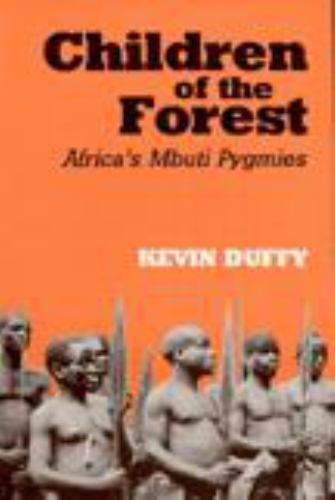
Classification in the Wild: The Science and Art of Transparent Decision – GOOD

Classification in the Wild: The Science and Art of Transparent Decision – GOOD
Price : 10.31
Ends on : N/A
View on eBay
Classification in the Wild: The Science and Art of Transparent Decision-MakingIn the world of data science and machine learning, classification algorithms are used to categorize and label data points based on their features. But what happens when these algorithms are deployed in real-world situations, where decisions can have far-reaching consequences for individuals and society as a whole?
The key to using classification algorithms responsibly lies in transparency – the ability to understand and explain how decisions are being made. This requires a delicate balance of science and art, as data scientists strive to create models that are accurate, fair, and interpretable.
On the scientific side, researchers are constantly developing new techniques to improve the transparency of classification algorithms. This includes methods for feature selection, model evaluation, and interpretability, as well as tools for visualizing and explaining complex models.
But transparency is not just a technical challenge – it is also an ethical and social one. As algorithms are increasingly used to make decisions in areas like healthcare, finance, and criminal justice, it is essential that we consider the impact of these decisions on individuals and communities. This requires a nuanced understanding of fairness, accountability, and bias, as well as a willingness to engage with stakeholders and incorporate their feedback into the decision-making process.
Ultimately, the goal of classification in the wild is not just to make accurate predictions, but to make decisions that are transparent, ethical, and just. By combining the science and art of transparent decision-making, we can harness the power of classification algorithms to create a better and more equitable world for all.
#Classification #Wild #Science #Art #Transparent #Decision #GOOD, artificial intelligence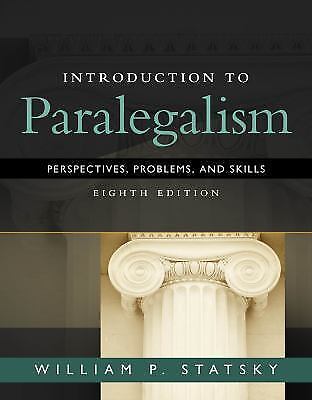
Deep Learning for Chest Radiographs: Computer-Aided Classification (Paperback or

Deep Learning for Chest Radiographs: Computer-Aided Classification (Paperback or
Price :166.43– 138.69
Ends on : N/A
View on eBay
e-book)Are you interested in learning more about how deep learning algorithms can be used to aid in the classification of chest radiographs? This book, available in both paperback and e-book formats, provides a comprehensive overview of the latest advancements in computer-aided classification of chest radiographs using deep learning techniques.
Written by experts in the field, this book covers topics such as the basics of deep learning, image preprocessing techniques, feature extraction, and classification algorithms. It also includes case studies and examples to help readers understand how these techniques can be applied in real-world scenarios.
Whether you are a student, researcher, or healthcare professional, this book is a valuable resource for anyone looking to expand their knowledge of deep learning in the field of medical imaging. Order your copy today and start exploring the exciting world of computer-aided classification of chest radiographs!
#Deep #Learning #Chest #Radiographs #ComputerAided #Classification #Paperback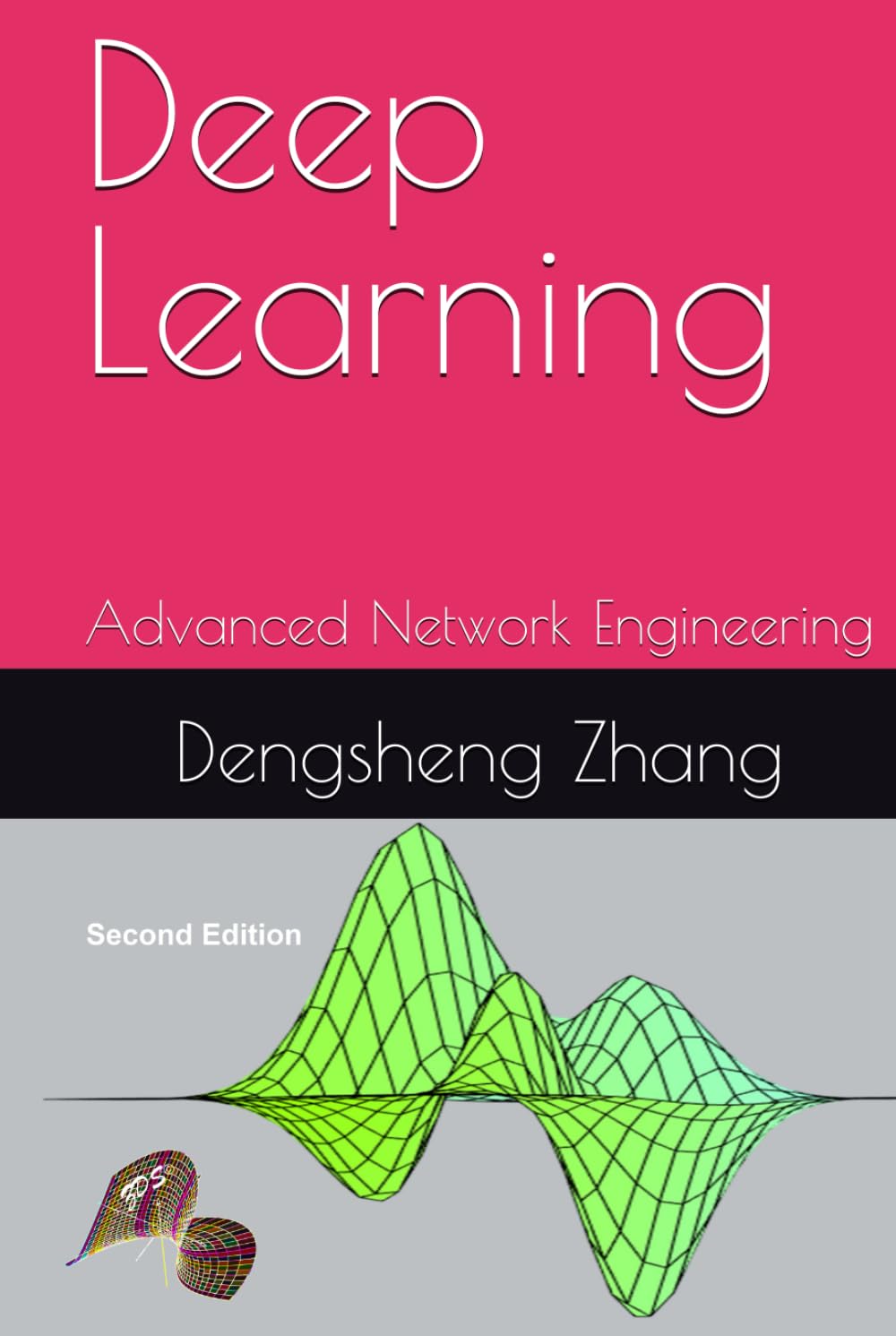
Deep Learning: Advanced Network Engineering (Texts in Image Classification)
Price: $49.99
(as of Dec 18,2024 09:57:24 UTC – Details)
Publisher : ZDS© Online Publishing (November 2, 2024)
Language : English
Hardcover : 285 pages
ISBN-10 : 1763778428
ISBN-13 : 978-1763778429
Item Weight : 1.14 pounds
Dimensions : 6.14 x 0.86 x 9.21 inches
Deep Learning: Advanced Network Engineering (Texts in Image Classification)In the ever-evolving field of deep learning, network engineering plays a crucial role in optimizing model performance and accuracy. When it comes to image classification tasks, the design and architecture of neural networks can make all the difference in achieving high levels of precision.
Advanced network engineering techniques focus on fine-tuning the structure of neural networks to effectively learn and extract features from images. This involves experimenting with various layers, activation functions, and optimization algorithms to create a model that can accurately classify images with minimal errors.
In this post, we will explore some of the key concepts and strategies in advanced network engineering for image classification tasks. From designing deep convolutional neural networks to implementing transfer learning and data augmentation techniques, we will delve into the intricacies of building powerful models that can accurately classify images across different categories.
Stay tuned as we uncover the latest advancements in deep learning network engineering and how they are revolutionizing the field of image classification. Whether you are a seasoned AI practitioner or a beginner looking to enhance your skills, this post will provide valuable insights into the world of advanced network engineering in deep learning.
#Deep #Learning #Advanced #Network #Engineering #Texts #Image #Classification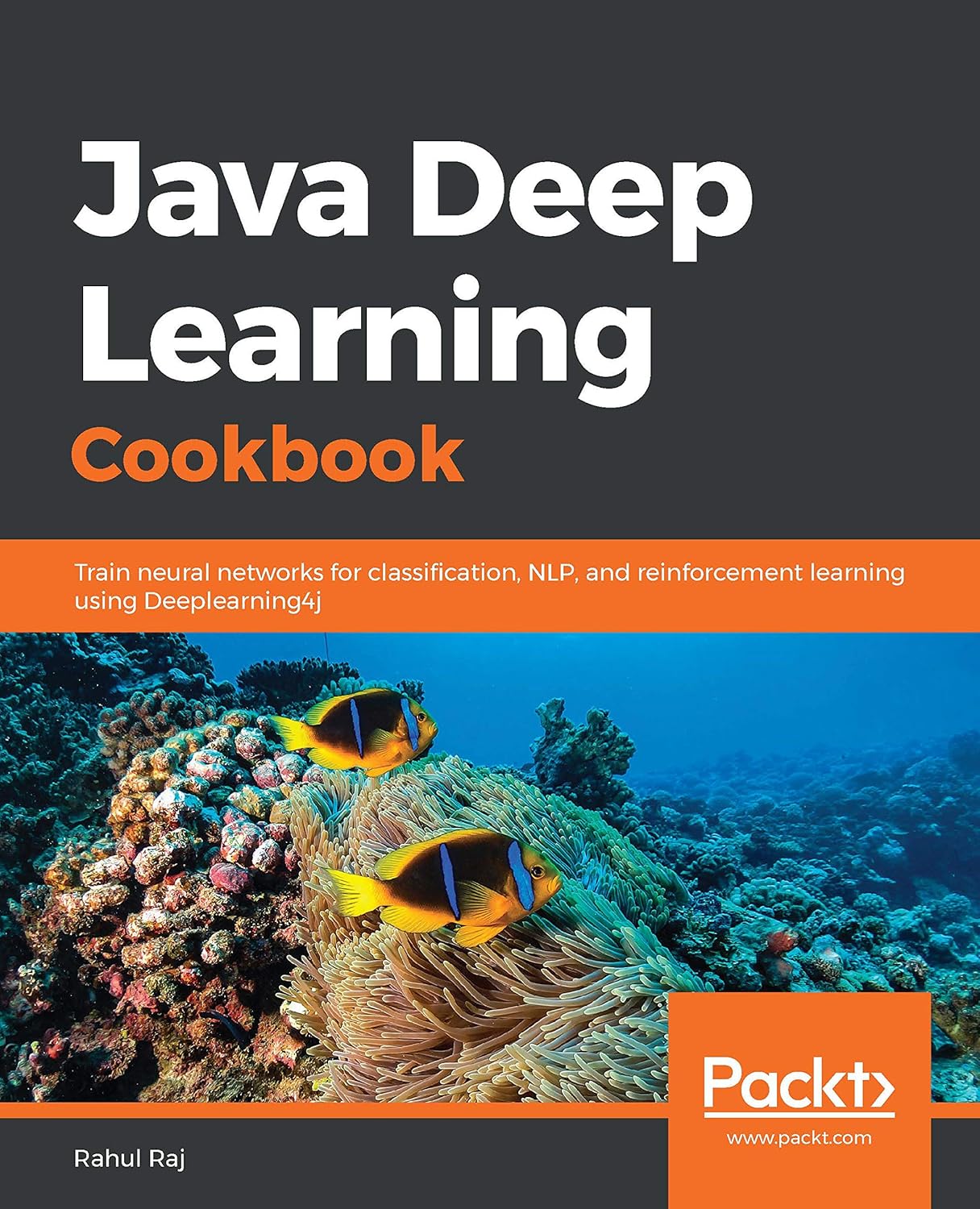
Java Deep Learning Cookbook: Train neural networks for classification, NLP, and reinforcement learning using Deeplearning4j
Price: $22.39
(as of Dec 18,2024 09:30:14 UTC – Details)
ASIN : B07YLYH2KY
Publisher : Packt Publishing; 1st edition (November 8, 2019)
Publication date : November 8, 2019
Language : English
File size : 14274 KB
Text-to-Speech : Enabled
Screen Reader : Supported
Enhanced typesetting : Enabled
X-Ray : Not Enabled
Word Wise : Not Enabled
Print length : 306 pages
Page numbers source ISBN : 1788995201
Are you looking to delve into the world of deep learning with Java? Look no further than the “Java Deep Learning Cookbook”! This comprehensive guide will walk you through training neural networks for classification, natural language processing (NLP), and reinforcement learning using Deeplearning4j.With this cookbook, you will learn how to build and train various types of neural networks, including convolutional neural networks (CNNs), recurrent neural networks (RNNs), and deep belief networks (DBNs). You will also explore different techniques for optimizing and fine-tuning your models, such as dropout, batch normalization, and hyperparameter tuning.
Whether you are a beginner or an experienced Java developer, this book has something for everyone. So grab a copy of the “Java Deep Learning Cookbook” and start building powerful deep learning models today!
#Java #Deep #Learning #Cookbook #Train #neural #networks #classification #NLP #reinforcement #learning #Deeplearning4j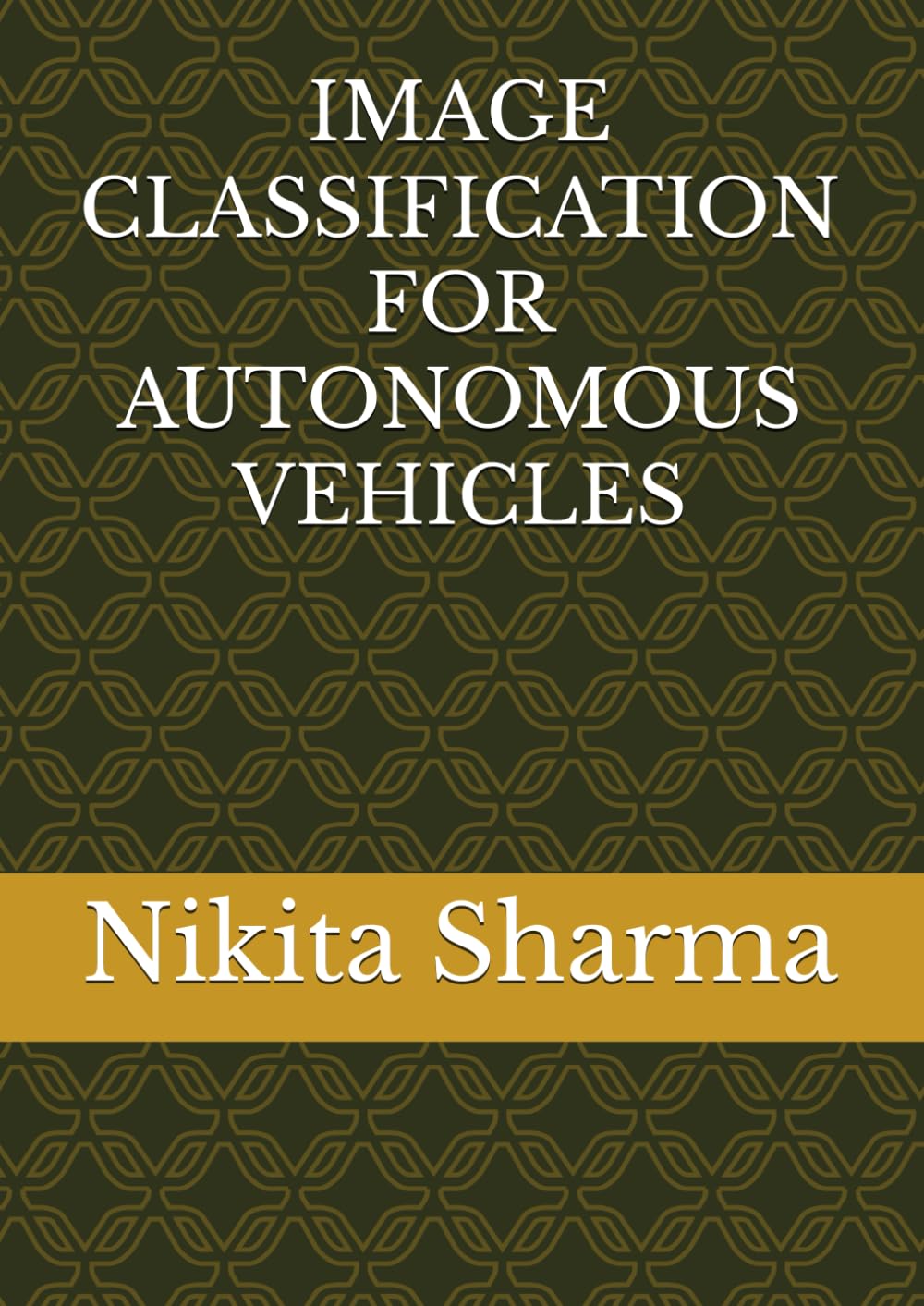
IMAGE CLASSIFICATION FOR AUTONOMOUS VEHICLES
Price: $15.00
(as of Dec 16,2024 08:30:03 UTC – Details)
Image classification is a crucial task for autonomous vehicles as it allows them to understand and interpret the surrounding environment. By using advanced algorithms and deep learning techniques, autonomous vehicles are able to accurately identify objects, road signs, pedestrians, and other important elements on the road.In order to achieve reliable image classification, autonomous vehicles utilize a variety of sensors such as cameras, lidar, and radar to capture high-quality images of their surroundings. These images are then processed and analyzed by sophisticated algorithms that can accurately classify and identify different objects in real-time.
One of the key challenges in image classification for autonomous vehicles is the need for high accuracy and reliability. Any errors or misclassifications can have serious consequences on the safety and performance of the vehicle. This is why continuous research and development efforts are being made to improve the accuracy and robustness of image classification algorithms for autonomous vehicles.
Overall, image classification plays a crucial role in the success of autonomous vehicles, allowing them to navigate safely and efficiently on the road. As technology continues to advance, we can expect to see even more sophisticated image classification techniques being developed to further enhance the capabilities of autonomous vehicles.
#IMAGE #CLASSIFICATION #AUTONOMOUS #VEHICLES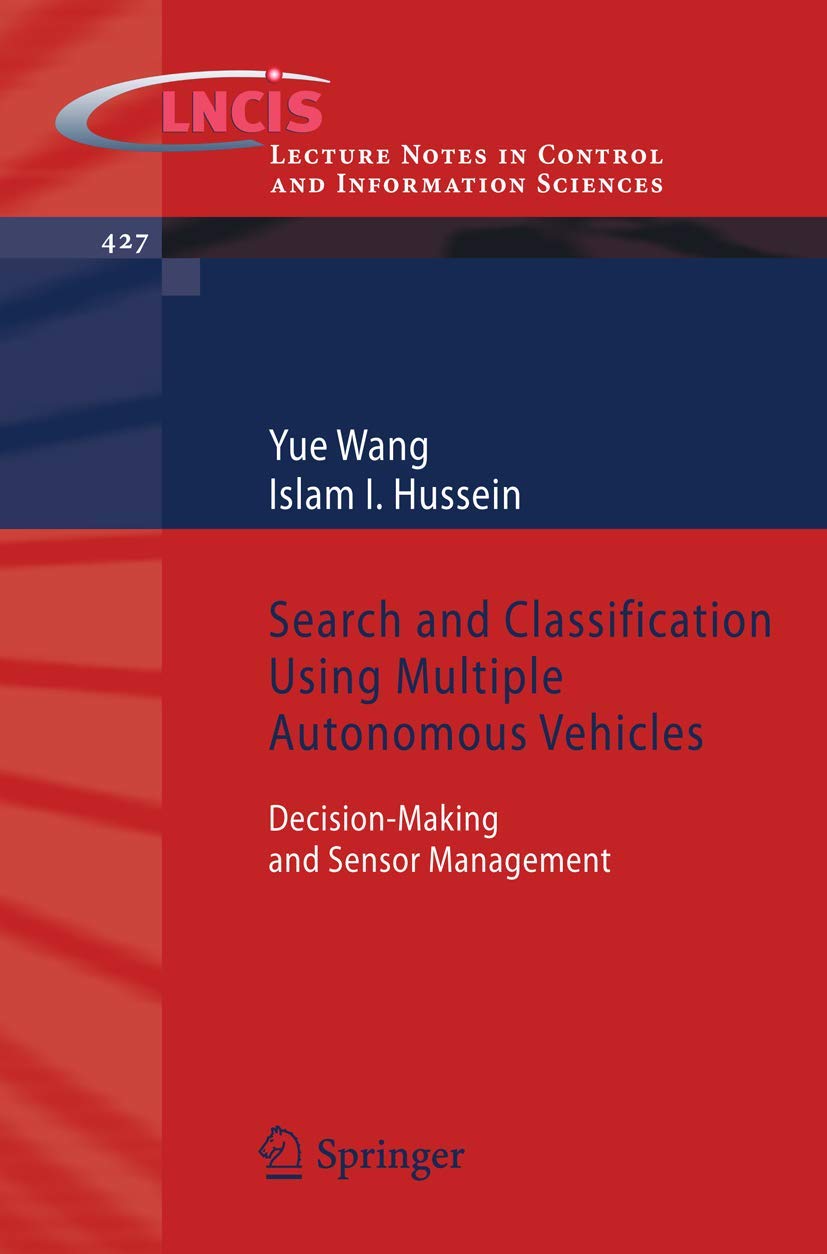
Search and Classification Using Multiple Autonomous Vehicles: Decision-Making and Sensor Management (Lecture Notes in Control and Information Sciences, 427)
Price: $54.99
(as of Dec 15,2024 16:42:07 UTC – Details)
Publisher : Springer; 2012th edition (April 2, 2012)
Language : English
Paperback : 176 pages
ISBN-10 : 1447129563
ISBN-13 : 978-1447129561
Item Weight : 9.6 ounces
Dimensions : 6.1 x 0.4 x 9.25 inches
In this post, we will explore the topic of search and classification using multiple autonomous vehicles, focusing on decision-making and sensor management. This topic is discussed in detail in the book “Search and Classification Using Multiple Autonomous Vehicles: Decision-Making and Sensor Management (Lecture Notes in Control and Information Sciences, 427),” which provides valuable insights into the challenges and opportunities of coordinating multiple autonomous vehicles for efficient search and classification tasks.The book covers various aspects of search and classification using multiple autonomous vehicles, including the design of decision-making algorithms, sensor management strategies, and coordination mechanisms. The authors discuss how these vehicles can work together to optimize their search and classification capabilities, leveraging their individual strengths and capabilities.
One of the key challenges in this field is the coordination of multiple autonomous vehicles, each with its own sensors and capabilities. The book explores different approaches to sensor management, including methods for task allocation, information fusion, and collaborative decision-making. By effectively managing the sensors on these vehicles, researchers can improve their overall search and classification performance.
Overall, “Search and Classification Using Multiple Autonomous Vehicles: Decision-Making and Sensor Management” is a valuable resource for researchers and practitioners working in the field of autonomous systems. It offers a comprehensive overview of the challenges and opportunities of coordinating multiple autonomous vehicles for search and classification tasks, providing valuable insights into the design and implementation of effective decision-making and sensor management strategies.
#Search #Classification #Multiple #Autonomous #Vehicles #DecisionMaking #Sensor #Management #Lecture #Notes #Control #Information #Sciences
